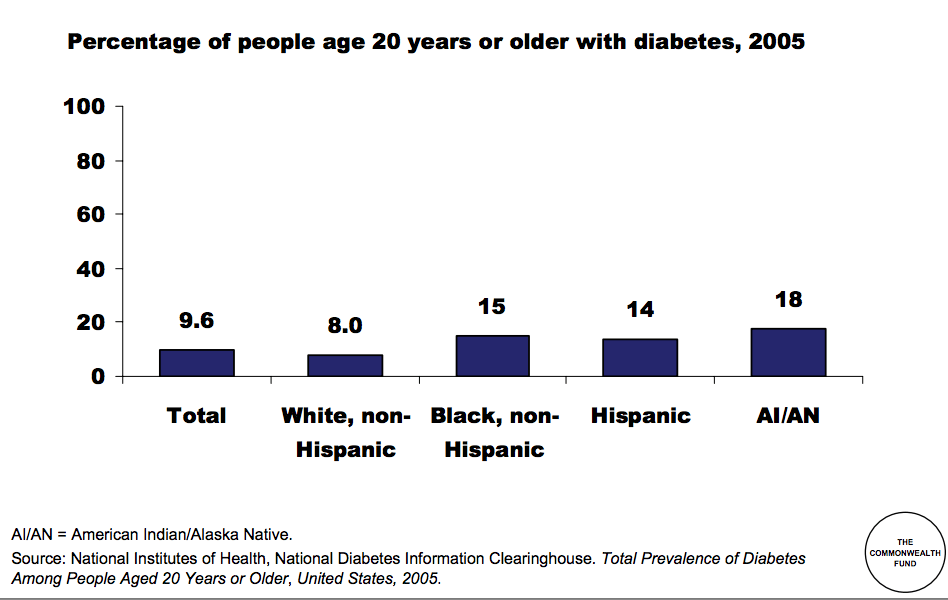U.S. industrial agriculture causes an estimated $34.7 billion worth of environmental damage each year, yet 49 million Americans still live in households that can’t count on having enough food. It’s clear that our food system is not meeting our social and environmental needs – solutions, on the other hand, aren’t quite so straightforward. When you think about better options for the food system, do you imagine buying local and organic? Do you picture urban farms and community gardens? Are you dreaming of artisan coffee and a stroll around the farmer’s market right now? (Yeah, me too.) Can you envision these actions making it harder for certain communities to access healthy, sustainable food? Hold up – what?
It’s true: many popular approaches to the “food problem” tend to push privileged and disadvantaged groups farther apart, which is especially troubling given the demographics of food access. Food insecurity intersects – perhaps obviously – with lower household income, but it also reflects significant racial disparities: while 11% of White households experienced food insecurity in 2013, a quarter of Black and Latin@ households faced barriers to food access in the same year. These patterns ring true in the long-term effects of food access, too, putting racially, culturally, and economically marginalized populations at greater risk of diet-related disease. Latin@ and African-American children are 1.7 times more likely than White children to be diagnosed with diabetes by the time they turn eighteen; Native American children are diagnosed at more than twice the rate of White children.

A graph showing the prevalence of diabetes among adults, by race/ethnicity. Source: http://www.commonwealthfund.org/usr_doc/mead_racialethnicdisparities_chartbook_1111.pdf
If you grew up thinking that farmers’ markets, urban gardens, and natural food stores offered the best options for your health and the planet’s, it can be hard to grapple with the unintended social consequences these resources can have. But the environmental movement needs people like you to engage in thoughtful action – in fact, our collective future depends on it.
If you are ready to make social equality a core part of your food ethic, read on:
- Examine your own place in the food system. Start by thinking about what kind of foods make you feel physically and mentally nourished, as opposed to just full – how often do you have these foods around? List the parts of your identity – such as class, culture, race, gender, age, geographic location – that you think have made it easier or harder for you to get the foods you need. Taking a moment to reflect – alone or with a friend – on your experience with food justice will help you identify your own unique position, and develop a more thoughtful approach to action.
- Understand food justice in your community. Who lives on your block, in your neighborhood, in your city? Talk to the people who live nearby to see how they feel about their food options. Then, take what you have learned and zoom out: try comparing your grocery stores with those of a friend in a different neighborhood or part of town. How might the resources you have align with resource gaps somewhere else? Talk about ways you and your community can leverage these resources to make healthy, sustainable food more accessible.
- Get schooled. Young people face some of the biggest risks that stem from food in Reach out to your local school board about your concerns – or better yet, see how you can support a student-driven movement for sustainable, nutritious, and culturally relevant meals in the cafeteria. If you need inspiration, look no further than the New Orleans-based Rethinkers, an organization that used youth participatory action research (Y-PAR) to transform the way cafeterias sourced food after Hurricane Katrina devastated local public schools.
- Sow your support. If your area already has community gardens, take a moment to learn about their history: find out how they were established, who tends to use them, and how they fit into the picture you’ve been developing of food justice in your area. Then pitch in a few volunteer hours! Many urban farms – especially those that lead youth and community programs on the side – could use the extra set of hands, whether you end up harvesting, weeding, or sorting papers in an office. Not exactly a green thumb? Ask if they could use your help with upcoming fundraisers or events. No community gardens? No problem! Talk with your neighbors to gauge interest, look for existing organizations that could sponsor you, and check out some potential sites.
Structural inequality and environmental problems often go hand in hand. Few examples show this more clearly than the American food system. Luckily, this connection is true of our potential solutions, too: one small step towards a more sustainable food system can often start a cycle of positive social impact that benefits everyone. And the best news? This cycle of growth starts with you.